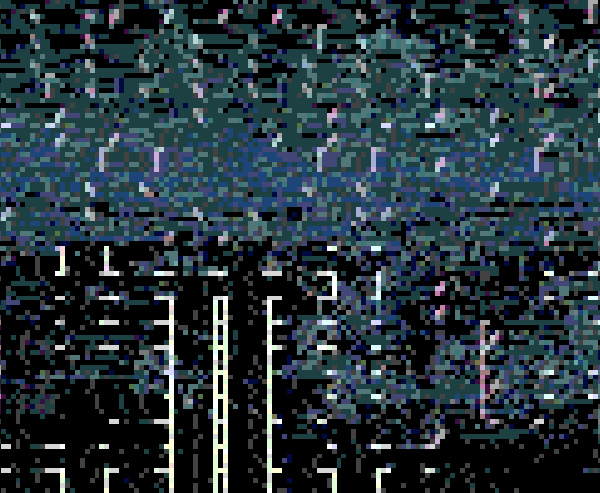Four years after the rematerialization of art was beaten to a bloody pulp as a discussion topic, the corpse rises again in Jennifer Chan's 45 page meditation on net art commodification (intro/link to PDF).
Chan seems to have missed the re-materialization confab on Rhizome but it's the same issues. Without even the beginnings of a consensus on what net art is, by all means let's keep diving into the shallows of how it can be sold. In America (and maybe elsewhere) we don't know much about art but we loo-o-o-oove to talk about money, or our lack of it.

